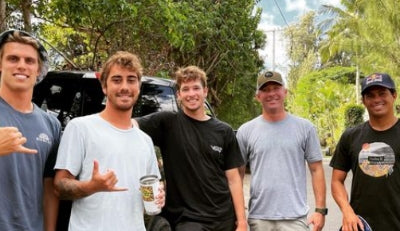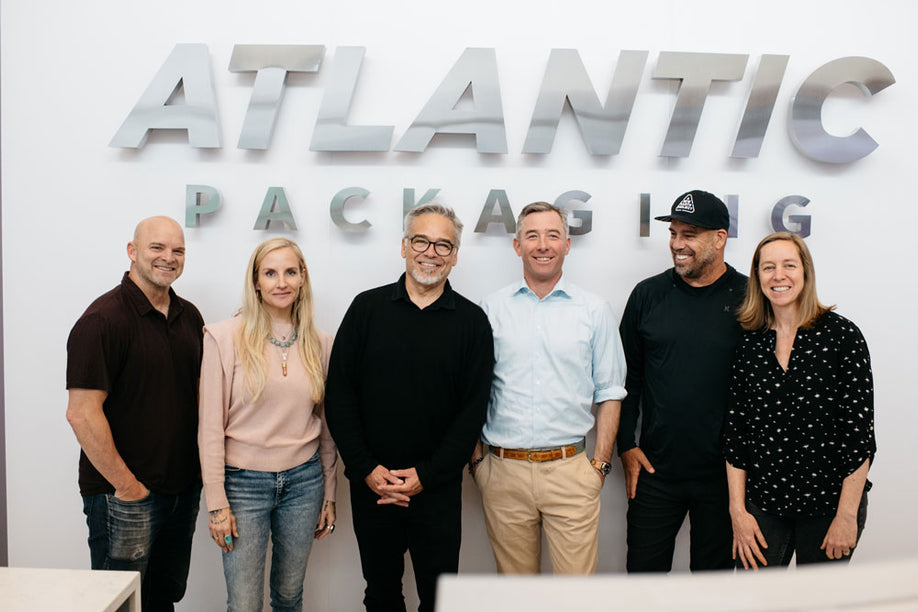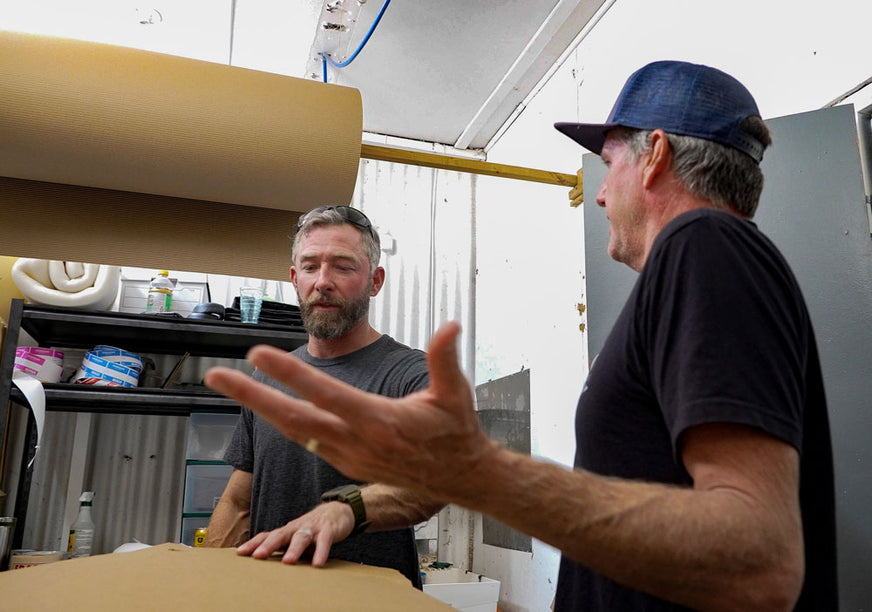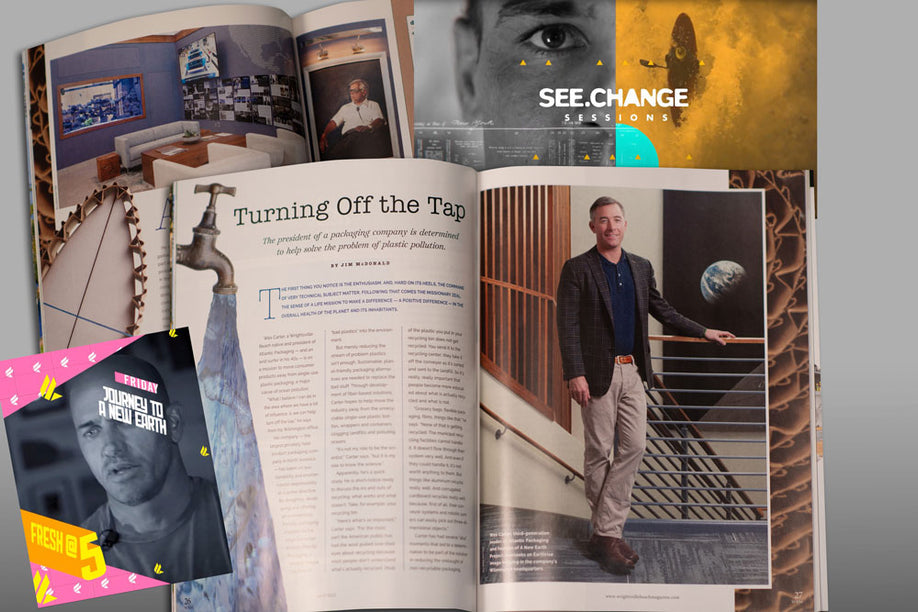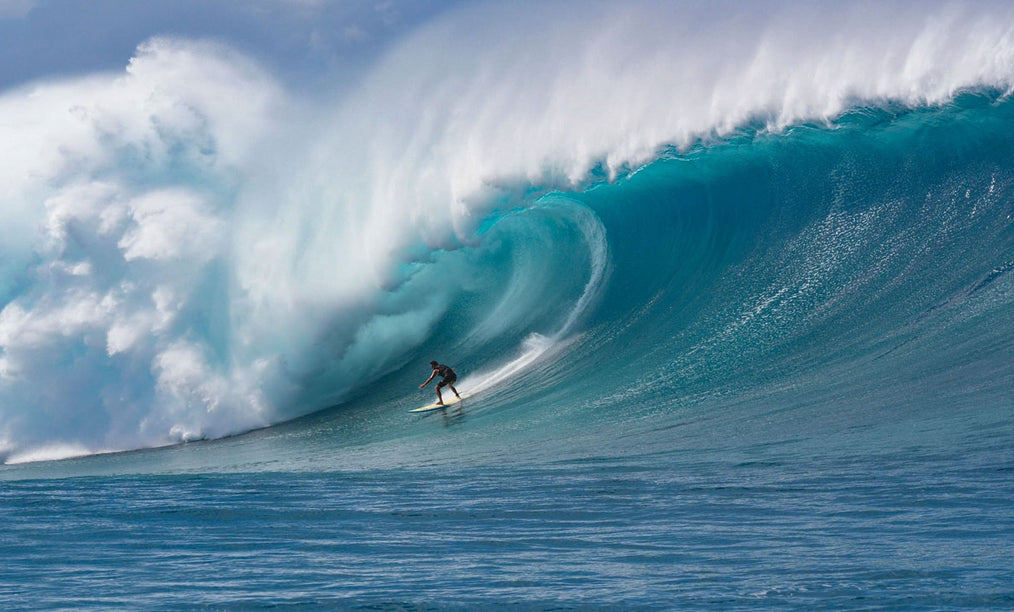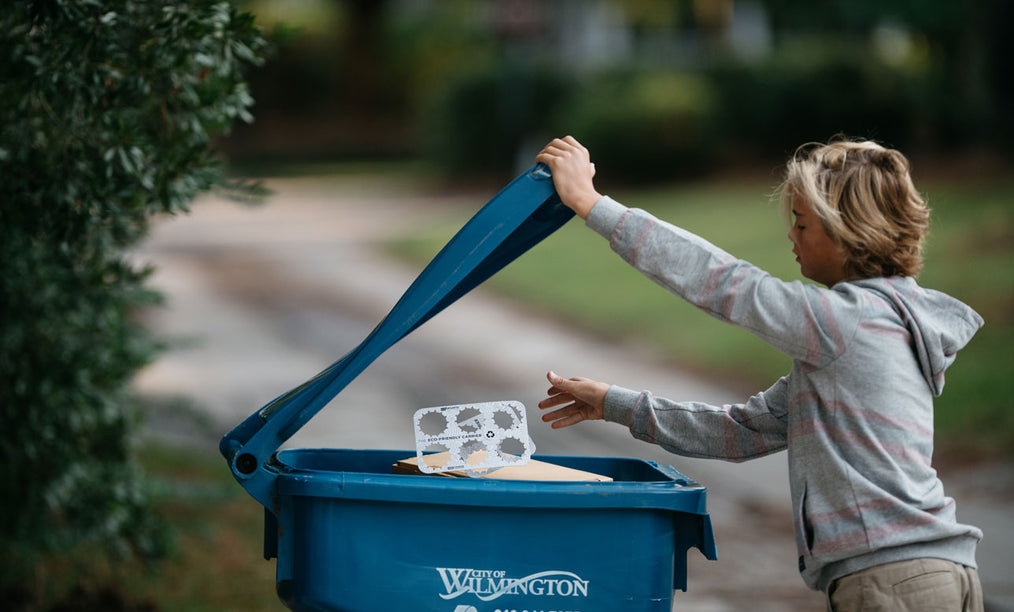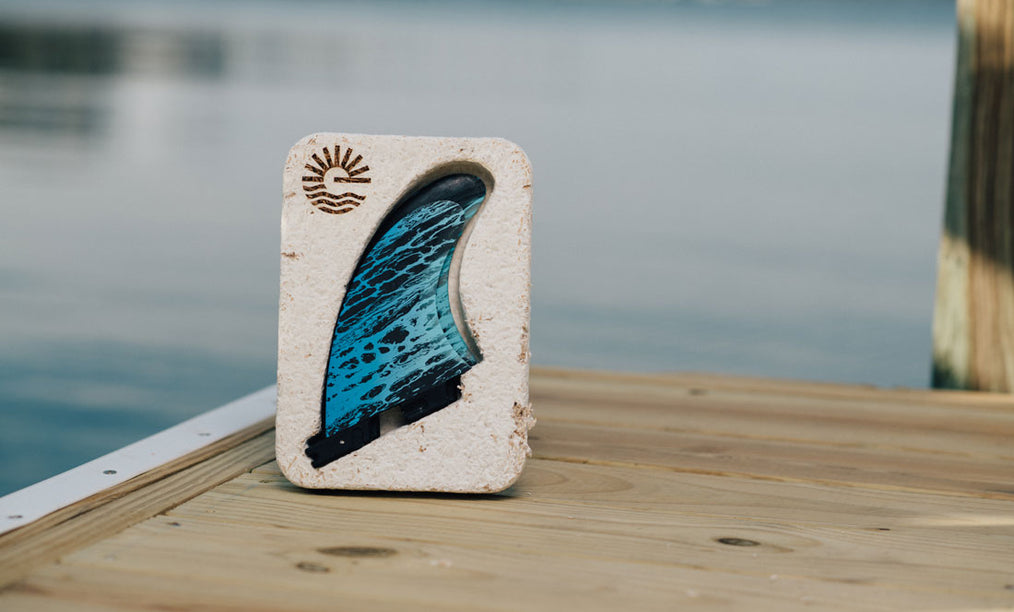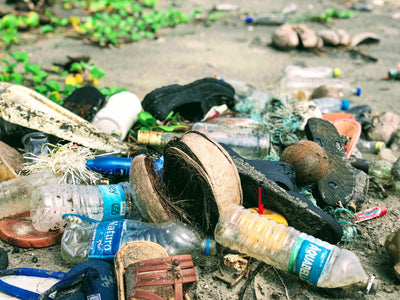Global conferences can be a lot like a round of golf. Fun, informative, and infuriating all at the same time.
Fortunately, this year's United Nations' Ocean Conference in Lisbon, Portugal was widely considered fruitful. In the wake of the pandemic, which delayed the conference by a year, the host nations of Portugal and Kenya were committed to making the gathering much more impactful. And to that end it seems they've succeeded.
"Oceans are the most under-appreciated resource on our planet," said Kenyan president Uhuru Kenyatta. "Poor management has reduced the ocean's natural ability to restore itself."
That theme was drilled home during the five day conference, which featured panel discussions, lectures, and labs about everything from plastic pollution and toxic runoff, to ocean acidification, coral bleaching, coastal protections, and over exploitation of fish stocks. More than 6000 attendees came, including 24 Heads of State and Government.
But without actionable ideas to take home none of the talking or photo ops count for much.
In an effort to pair all of the great topics into digestible takeaways, we're highlighting the three biggest themes that need to be converted into actionable items. These are the headline issues that can be measured, managed, and the most impactful to ocean health.

1. Territorial Seas Matter Most
While territorial seas represent only 6% of oceans, they're home to 70% of ocean diversity, which means they punch way over their weight
Territorial seas are the coastal ocean waters subject to the jurisdictions of coastal nations.
While territorial seas represent only 6% of oceans, they're home to 70% ocean diversity, which means they punch way over their weight.
100% of mangroves, seagrass, kelp forests exist in territorial seas, while 83% of coral reefs do.
The vast majority of our human needs from the ocean are met in territorial seas, which is why properly managing that biodiversity sustainably is so crucial.
60 million people work in small scale fisheries. 53 million depend on fisheries for their subsistence. While more than 3 billion people rely directly on the ocean for their livelihood.
40% of the global fishing catch comes from territorial seas, and that entire 40% goes to food consumption.
Territorial seas need to be governed fairly and equitably, as too many developing nations are footing the conservation bill for larger ones.

2. The Hunt for Better Ocean Financing is Underway
Results going forward will be easier to measure and track
Despite the ocean's vital role in preserving life on Earth, SDG14 remains the most underfunded of all the UN Sustainable Development Goals, as highlighted by the World Economic Forum's SDG14 Financing Landscape Scan.
While the pressure on governments to increase funding for ocean health needs to be relentless and persistent, the most effective, high-performing, results-oriented projects that advance the UN's Sustainable Development Goals (SDGs) to progress ocean conservation are far more likely to come from the private sector, which can take advantage of lower friction costs.
One of the big breakthroughs at this year's conference was acknowledging that there needs to be better tracking and accountability of ocean health projects, and that effort is getting some much needed attention. That means results going forward will be easier to measure and track.

3. Proper Ocean Action Is Powerful Climate Action
It's time to take action along our coastlines to shore up carbon capture
One of the biggest challenges facing humanity is sequestering carbon, which, by the way, our oceans and coastal ecosystems do an amazing job of when they're intact. Carbon captured by these systems is called blue carbon, and its abundance is absolutely essential in the fight against climate change. By protecting the diversity of sea grasses, mangroves, salt marshes and wetlands along our coasts, we capture carbon at a much more rapid pace than simply protecting land based forests alone. By making these systems eligible for funding through carbon offsets, we can make great progress.
On the flip side, if we don't protect these areas we're doing the exact opposite: releasing carbon that's been stored for thousands of years. It's way past time to take action along our coastlines to shore up carbon capture.
With biodiversity threatened everywhere, the UN Convention on Biological Diversity (CBD) is pushing the adoption of their 30 x 30 campaign, which involves conserving 30% of earth's land and ocean for the benefit of people and nature. So far, 50 nations have pledged their support.
But while the goal is to achieve this target by 2030, what's more important than getting to 30% is protecting the right 30%, meaning the portion that not only has the most biodiversity but also does the best job at capturing carbon.
As of today, 23% of U.S. ocean territory is already in Marine Protected Areas (MPAs), which makes it sound like we're on target, but sadly, 99% of those MPA's are open-ocean areas. While it's nice hose areas are protected those are biodiversity deserts compared to their coastal counterparts, so it's way past time to fix that.
Our Marching Orders
Make yourself and your friends more aware of these topics
Do your best to stay on top of them and act accordingly. The more we all start paying attention to these issues the more we can hold ourselves, and our officials accountable to the decisions that impact our oceans for the better.
